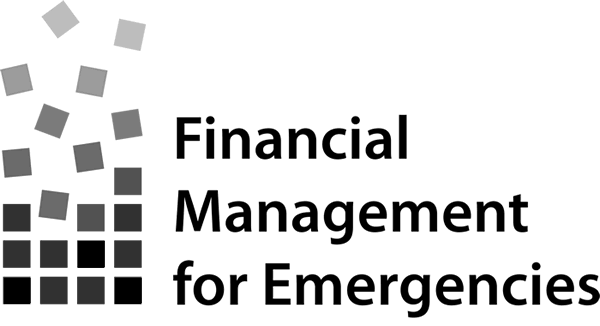
How it works
- Each time you receive money, put it into the money belt and record relevant details on the Basic Financial Record e.g. date, who from, how much, what for. If you are given a copy of the receipt (always ask for one), put it in the envelope.
- Generally money going into the money belt would be advances from your organisation, but if you are having to use your own money it is worthwhile advancing money to yourself. Put an amount of personal money into the money belt and record the details on the Basic Financial Record, as for any other receipt.
- Each time you pay money out, take it from the money belt (do not mix personal and organisational money), record details on the Basic Financial Record and always try to obtain a signed receipt. If you can not obtain a receipt signed by the person receiving the money, write one out and if necessary sign it yourself. All receipts go into the envelope.
- If you are working with more than one currency use a different Basic Financial Record for each currency and think about using separate envelopes and sections of the money belt for each currency. Remember that the exchange of one currency for another must be recorded as a payment in the currency being sold and a receipt in the money being purchased, even if it only being transferred around your belt.
- Compare the balance on the Basic Financial Record with the actual balance in the money belt regularly. Errors and omissions can generally be sorted out quickly if you check balances daily. If you do not check this often, you may lose money, which you may have to repay personally. Case study
- Regularly check with any staff to whom you have given advances. Ask them for their Basic Financial Record and their vouchers for anything they have spent.
- Photocopies of the Basic Financial Record with the supporting vouchers from the envelope serve as your accounts.
